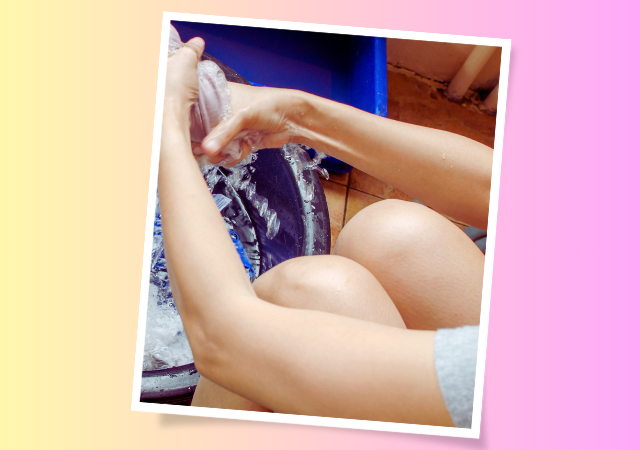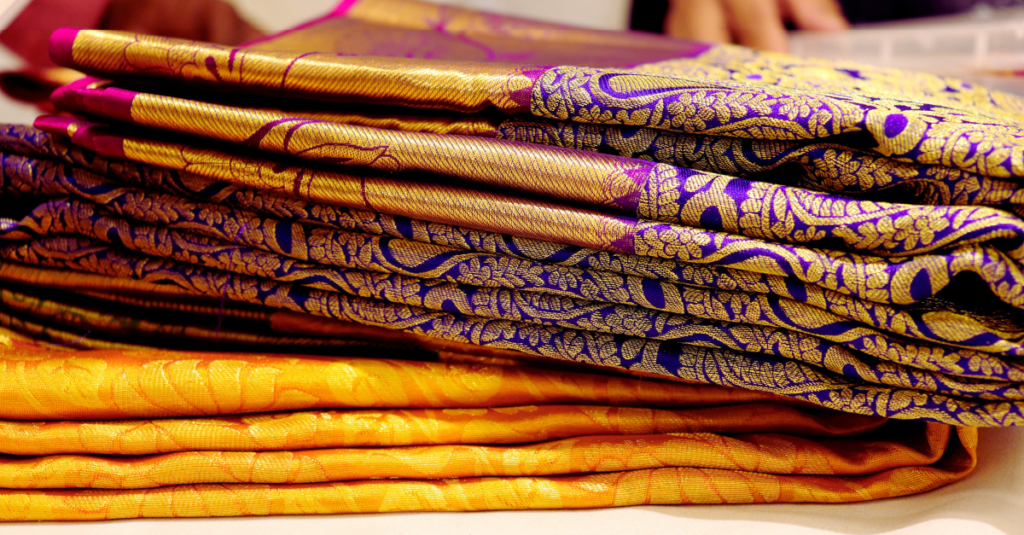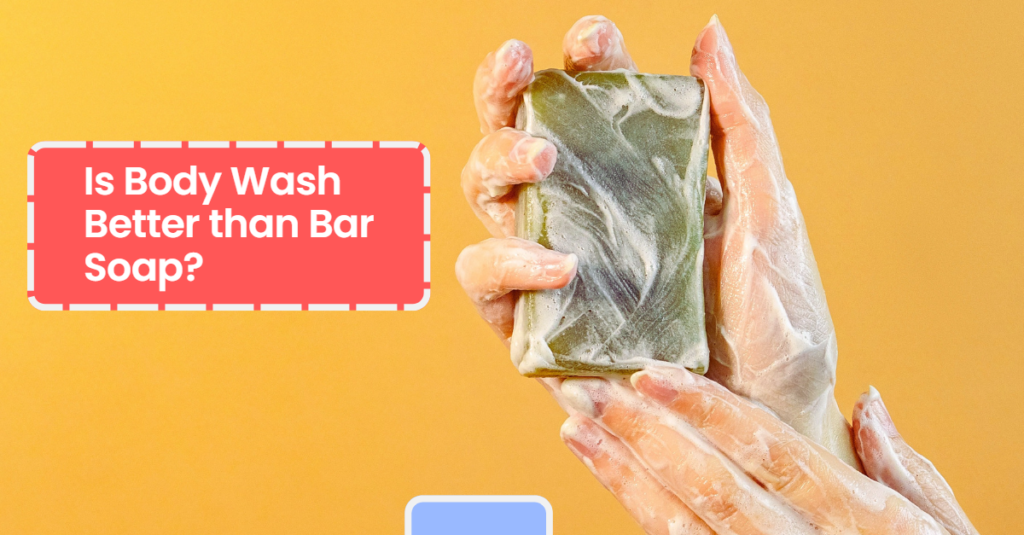Saree Care: The Ultimate Guide to Maintenance
Introduction
Sarees, the epitome of grace and tradition in Indian attire, are not just garments; they are a reflection of cultural heritage and timeless elegance. Preserving the beauty of a saree requires more than just hanging it in a closet. It involves a series of rituals, cleaning methods, and storage practices that, when followed diligently, ensure that these intricate pieces of art remain impeccable for generations to come. In this comprehensive guide, we will walk you through the entire process of saree care, offering valuable insights into pre-wearing rituals, stain removal techniques, fabric-specific cleaning methods, and sustainable practices.
Saree Care: The Ultimate Guide to Maintenance
1. Pre-Wearing Rituals: The Foundation of Saree Care
Before donning your favorite saree, it is essential to undertake pre-wearing rituals that set the foundation for its longevity. Begin by ensuring that your hands are clean and free from any creams or oils. This prevents the transfer of unwanted substances onto the delicate fabric. Additionally, consider wearing a cotton underskirt or petticoat to create a barrier between your body and the saree, minimizing direct contact with perspiration.
Inspect the saree for any loose threads or embellishments that may catch on jewelry or accessories. Mend any minor issues before wearing the saree to prevent further damage. It’s advisable to avoid using safety pins directly on the saree to secure pleats, as this may leave visible holes. Instead, opt for small, discreet pins on the underskirt.
2. Stain Removal Techniques: Tackling Spots and Blemishes

Accidents happen, and stains are an unfortunate reality of wearing any garment. However, treating stains promptly and correctly can make all the difference in preserving the saree’s beauty. Always opt for a gentle touch and test any cleaning method on an inconspicuous area first.
For oil-based stains, such as those from food or makeup, sprinkle talcum powder or cornstarch on the affected area. Let it sit for a few hours to absorb the oil before gently brushing it off. For water-based stains, use a clean, damp cloth to blot the stain, taking care not to rub and spread it further. If the stain persists, consult a professional dry cleaner with experience in handling delicate fabrics.
3. Fabric-Specific Cleaning Methods: Tailoring Care to Material

Sarees come in a myriad of fabrics, each requiring specialized care. Here’s a quick guide to cleaning some common saree fabrics:
- Silk Sarees: Dry cleaning is generally the safest option for silk sarees. Avoid exposing them to direct sunlight for extended periods, as silk fibers can weaken and lose their sheen.
- Cotton Sarees: Hand wash cotton sarees in cold water using a mild detergent. Avoid wringing the fabric, as it can distort the weave. Dry in the shade to prevent colors from fading.
- Georgette and Chiffon Sarees: These delicate fabrics should be dry cleaned to maintain their texture and drape. Store them separately to avoid snagging.
- Banarasi Sarees: Dry cleaning is recommended for Banarasi sarees, but occasional airing in a well-ventilated area can help prevent musty odors.
- Kanjivaram Sarees: Dry clean these luxurious silk sarees to preserve their vibrant colors and intricate zari work.
4. Storage Solutions: Shielding Sarees from Time
Proper storage is crucial in protecting sarees from environmental factors and the passage of time. Follow these guidelines to keep your sarees in pristine condition:
- Use Fabric Bags: Store sarees in breathable fabric bags to shield them from dust and insects. Avoid plastic covers, as they can trap moisture and lead to mildew.
- Avoid Direct Sunlight: Prolonged exposure to sunlight can fade colors and weaken fabric. Store sarees in a dark, cool place, away from direct sunlight.
- Air Them Out: Periodically take sarees out of storage to air them and prevent musty odors. Gently refold them in a different manner to avoid permanent creases.
5. Seasonal Challenges: Adapting Care to the Climate
Different seasons bring unique challenges to saree care. Adjust your care routine according to the climate to ensure your sarees remain in optimal condition.
- Monsoon Care: Humidity during monsoons can lead to mold and mildew. Ensure sarees are completely dry before storing them, and use moisture-absorbing products like silica gel packets in storage areas.
- Summer Care: To prevent color fading, store sarees in a cool place away from direct sunlight. Consider using natural moth repellents like neem leaves to protect against insects.
- Winter Care: Cold temperatures can make fabrics brittle. Allow sarees to acclimate to room temperature before handling them to avoid damage.
6. Sustainable Practices: Nurturing Sarees and the Environment

In an era of increasing environmental awareness, adopting sustainable practices in saree care is not just about preserving tradition but also protecting the planet. Consider the following eco-friendly tips:
- Hand Washing: Whenever possible, opt for hand washing over dry cleaning. Use mild, biodegradable detergents to minimize environmental impact.
- Natural Air Drying: Harness the power of the sun and wind for natural air drying instead of relying solely on energy-consuming dryers.
- Repair and Reuse: Mend minor damages promptly to extend the life of your sarees. Consider repurposing old sarees into new garments or accessories.
7. Troubleshooting Tips: Addressing Common Concerns
Despite our best efforts, issues may arise. Here are some troubleshooting tips for common saree care concerns:
- Wrinkles: Gently steam the saree or hang it in the bathroom while taking a hot shower to release wrinkles. Avoid using excessive heat directly on delicate fabrics.
- Color Bleeding: Test for colorfastness before washing. If color bleeding occurs, soak the saree in cold water with a tablespoon of salt to set the dyes.
- Mildew Odors: Place sarees in sunlight for a few hours to eliminate musty odors. If the smell persists, consider professional dry cleaning.
Conclusion (Saree Care: The Ultimate Guide to Maintenance)

My name is Rohit Vagh and I’m a content writer specializing in fashion and lifestyle. I have three years of experience in this field and have written various articles. My writing style is creative and engaging, and I strive to create content that resonates with my readers. I have a deep passion for fashion and am constantly researching the latest trends and styles to make sure my readers are up to date. I’m excited to continue my career in blogging, and I’m always looking for new opportunities in the fashion and lifestyle space.





